1. The Mantis Shrimp’s Technicolor Vision and Punch
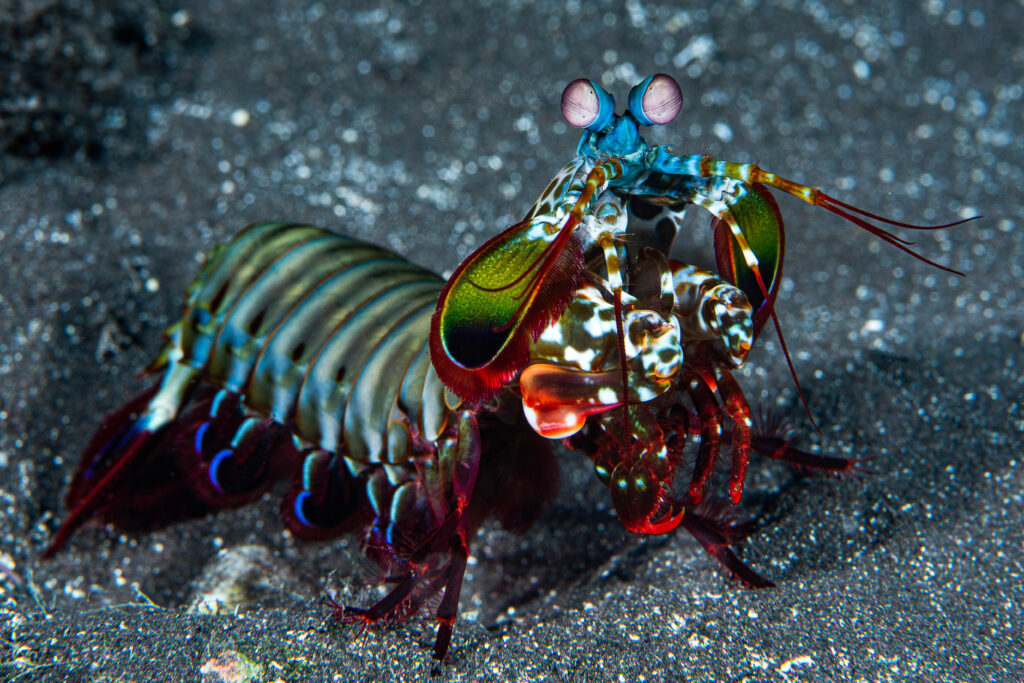
Imagine a world painted in hues we can’t even fathom, a spectrum of light beyond human perception. The mantis shrimp, with its intricate eyes, lives in this world, perceiving ultraviolet and polarized light with ease. This isn’t just about seeing more colors; it’s about understanding the world in a richer, more detailed way, where subtle shifts in light reveal hidden patterns and communications. It’s as if they possess a secret code to the universe, one we can barely glimpse. Experts note that the speed and force of their strike are so intense, it creates cavitation bubbles that produce light and heat, a miniature underwater explosion. The intricate structure of their eyes allows them to perceive polarized light, crucial for detecting prey hidden in murky waters. This enhanced vision, combined with their devastating punch, makes them formidable predators in their coral reef habitats.
Their eyes, mounted on independently moving stalks, provide a 360-degree view of their surroundings, allowing them to spot prey and predators from any angle. The complexity of their visual system is unparalleled in the animal kingdom, with twelve to sixteen photoreceptor types, compared to our mere three. The mantis shrimp uses its powerful claws, known as dactyl appendages, to deliver two types of strikes: smashing and spearing. The smashing strike is used against hard-shelled prey, while the spearing strike is used against soft-bodied prey. The force of their strike is so rapid that it generates a shockwave, creating a brief flash of light and heat. This cavitation effect is a byproduct of the extreme pressure change, similar to the sonic boom produced by a supersonic jet. They use this ability to break open the shells of snails, crabs, and other crustaceans, making them a dominant predator in their ecosystems.
2. The Immortal Jellyfish’s Reset Button
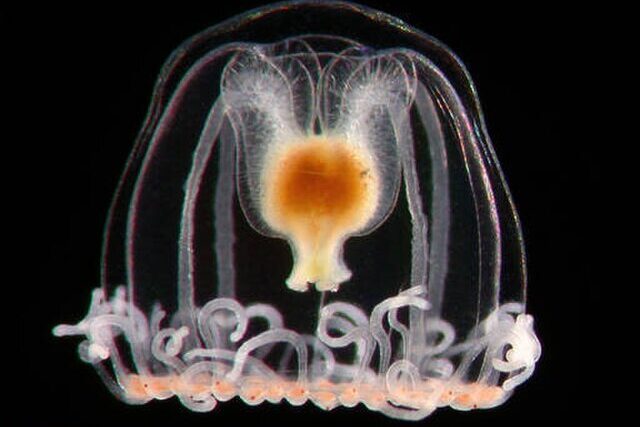
Imagine having the ability to rewind time, to hit a biological reset button when faced with stress or injury. Turritopsis dohrnii, the immortal jellyfish, possesses this remarkable ability. This tiny creature can revert to its polyp stage, essentially reversing the aging process, like a butterfly morphing back into a caterpillar. Scientists marvel at this ability, suggesting it holds secrets to cellular regeneration and longevity. Picture a world where aging isn’t a one-way street, where life can loop back to a youthful state. They do this by transdifferentiating their cells, changing one type of cell into another, a process that experts explain is incredibly complex and still not fully understood, but it provides a unique perspective on the flexibility of cellular development. The jellyfish’s ability to revert to its polyp stage is triggered by environmental stress, such as starvation or physical damage, a survival mechanism that allows it to escape death and start anew.
This process involves the jellyfish’s cells undergoing a complete transformation, changing from mature cells back into immature cells, a feat that challenges our understanding of cellular differentiation. The jellyfish’s ability to reverse its aging process has intrigued scientists for decades, with research focusing on understanding the genetic and molecular mechanisms behind this phenomenon. The potential applications of this research are vast, with implications for regenerative medicine and aging research. Experts believe that understanding this process could lead to breakthroughs in our ability to regenerate damaged tissues and organs. The jellyfish’s ability to escape death by reverting to its polyp stage is a remarkable adaptation that highlights the incredible diversity and adaptability of life on Earth. This unique ability makes the Turritopsis dohrnii a fascinating subject of study for scientists seeking to unlock the secrets of cellular regeneration and longevity.
3. The Axolotl’s Regenerative Magic
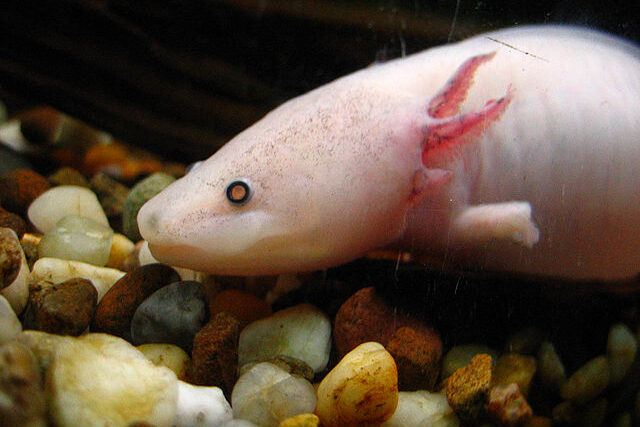
Picture a creature that can regrow limbs, organs, even parts of its brain. That’s the axolotl for you, a salamander that laughs in the face of permanent injury. Lose a leg? No problem, it’ll grow back, perfectly formed. Damage your heart? It’ll repair itself, leaving no scar. This isn’t just healing; it’s rebuilding, a testament to the incredible potential within living beings. Researchers study the axolotl’s regenerative abilities, seeking to unlock the secrets of tissue repair and apply them to human medicine. Imagine a future where we can heal from injuries with the same effortless ease as these amphibians. Experts point out that this process involves complex signaling pathways and gene expression, making it a fascinating subject for developmental biology. The axolotl’s ability to regenerate complex structures is a result of its unique cellular mechanisms, which allow it to rebuild tissues without forming scar tissue.
This ability is particularly remarkable because it involves the regeneration of not just limbs, but also complex organs like the heart and brain. The axolotl’s regenerative abilities have made it a valuable model organism for studying tissue repair and regeneration. Researchers are studying the axolotl’s genes and proteins to understand the molecular mechanisms behind its regenerative abilities. The potential applications of this research are vast, with implications for treating injuries and diseases in humans. The axolotl’s ability to regenerate its spinal cord is particularly intriguing, as it offers hope for treating spinal cord injuries in humans. The axolotl’s ability to regenerate its limbs and organs is a testament to the incredible potential of living organisms to repair themselves. This remarkable ability makes the axolotl a fascinating subject of study for scientists seeking to unlock the secrets of tissue regeneration.
4. The Desert Rain Frog’s Underground Hydration
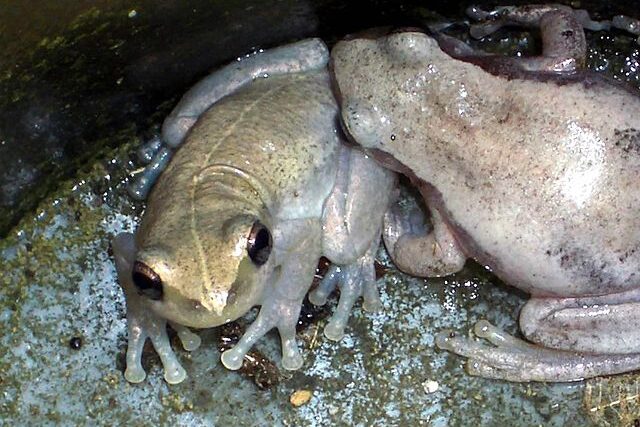
Imagine living in one of the driest places on Earth, where rainfall is a rare and precious event. The desert rain frog does more than just survive; it thrives. This little amphibian doesn’t drink water; it absorbs moisture directly from the sand, pulling hydration from the air itself. It’s like having a built-in water filtration system, turning arid ground into a life-sustaining oasis. Picture a creature that can find sustenance where others see only desolation. Experts highlight the frog’s unique skin structure, which allows it to absorb moisture efficiently and minimize water loss. This adaptation is crucial for survival in the harsh, unforgiving desert. The desert rain frog’s ability to absorb moisture from the sand is a result of its unique skin structure, which allows it to extract water from the surrounding environment.
This frog’s skin is highly permeable, allowing it to absorb moisture directly from the sand and air. The frog’s ability to conserve water is also crucial for its survival in the arid Namib Desert. The frog’s burrowing behavior helps it to maintain a cool, moist environment, reducing water loss through evaporation. The frog’s ability to survive in such harsh conditions is a testament to its remarkable adaptations. Researchers are studying the frog’s skin structure and physiology to understand the mechanisms behind its water absorption and conservation abilities. The frog’s unique adaptations make it a fascinating subject of study for scientists interested in the evolution of life in extreme environments. The frog’s ability to survive in the Namib Desert highlights the incredible diversity and adaptability of life on Earth.
5. The Electric Eel’s Shocking Defense
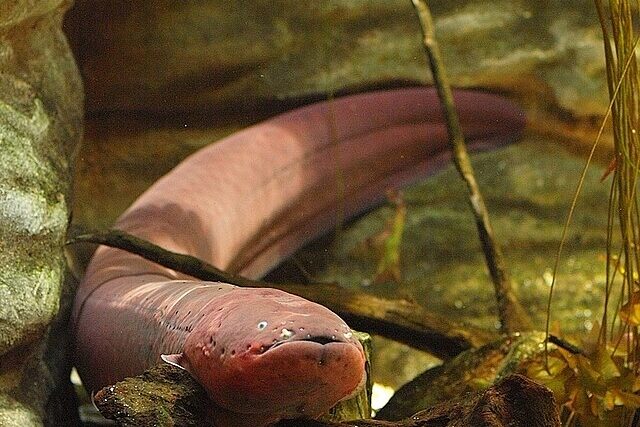
Imagine being able to generate enough electricity to stun a horse. That’s the electric eel for you, a master of bioelectricity. These creatures can produce powerful electric discharges, using them for hunting, defense, and even navigation. It’s like having a built-in taser, a shocking display of power that deters predators and paralyzes prey. Picture a creature that can control the very forces of nature, bending electricity to its will. It’s not just a jolt; it’s a surge, a testament to the incredible capabilities of living organisms. Their specialized cells, called electrocytes, work together to generate these powerful discharges. Experts explain that the eel can vary the intensity of its shocks, using low-voltage pulses for navigation and high-voltage discharges for stunning prey. This ability makes them formidable predators and defenders in their aquatic habitats.
These cells can generate an electric potential, and when activated simultaneously, they produce a powerful electric discharge. The eel uses this ability to hunt prey, defend itself from predators, and even navigate in murky waters. The eel can vary the intensity of its electric discharges, using low-voltage pulses for navigation and high-voltage discharges for stunning prey. The eel’s electric organ occupies a significant portion of its body, allowing it to generate powerful electric fields. Researchers are studying the eel’s electric organ to understand the mechanisms behind its bioelectricity generation. The potential applications of this research are vast, with implications for developing bio-inspired technologies. Experts explain that the eel’s electric organ is a complex system that involves the coordinated activity of thousands of electrocytes.
6. The Tardigrade’s Extreme Resilience
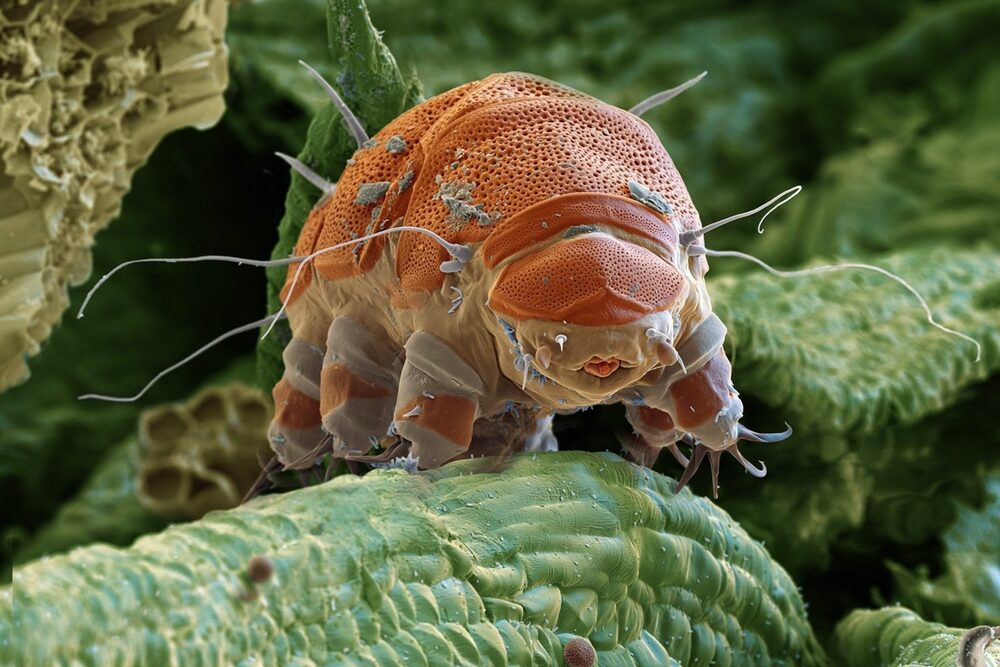
Imagine a creature that can survive in the vacuum of space, withstand extreme temperatures, and endure pressures six times greater than those found at the deepest ocean trenches. That’s the tardigrade, or water bear, a microscopic marvel of resilience. These tiny creatures can enter a state of suspended animation, called cryptobiosis, allowing them to withstand conditions that would kill most other life forms. It’s like having a biological suit of armor, protecting them from the harshest environments. Picture a creature that can defy the limits of life, surviving where others cannot. Experts note that tardigrades produce unique proteins that protect their cellular structures from damage, allowing them to survive extreme dehydration and radiation.
In this state, the tardigrade’s metabolism slows down to almost zero, allowing it to withstand extreme temperatures, pressures, and radiation. The tardigrade’s ability to survive in the vacuum of space is particularly remarkable, as it highlights its incredible resilience. The tardigrade’s ability to withstand extreme dehydration is also crucial for its survival in harsh environments. Researchers are studying the tardigrade’s genes and proteins to understand the mechanisms behind its extreme resilience. Experts explain that the tardigrade’s ability to survive in extreme environments is a result of its unique cellular mechanisms, which allow it to repair damaged DNA and protect its cellular structures.
7. The Bombardier Beetle’s Chemical Weaponry
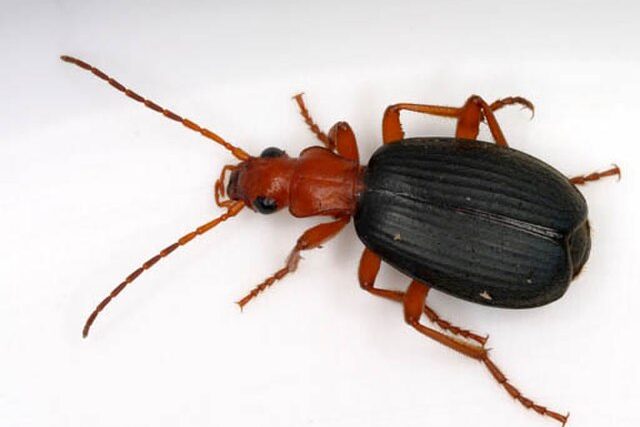
Imagine carrying a built-in chemical weapon, capable of spraying boiling hot, irritating liquid at your enemies. That’s the bombardier beetle, a master of chemical defense. When threatened, this beetle mixes two chemical compounds in its abdomen, creating a violent exothermic reaction that sprays a hot, noxious liquid. It’s like having a portable flamethrower, a fiery defense that deters predators with shocking efficiency. Picture a creature that can wield chemical warfare, defending itself with explosive precision. It’s not just a spray; it’s a burst, a testament to the incredible chemical capabilities of living organisms. The beetle’s ability to control the reaction and direct the spray is a remarkable feat of biological engineering.
This mechanism involves the mixing of two chemical compounds, hydroquinone and hydrogen peroxide, in a specialized chamber in its abdomen. The resulting exothermic reaction produces a hot, irritating liquid that the beetle can spray at its predators. The beetle’s ability to control the direction and timing of its spray is a remarkable feat of biological engineering.Researchers are studying the beetle’s chemical defense mechanism to understand the molecular mechanisms behind its chemical synthesis and spray control. The potential applications of this research are vast, with implications for developing bio-inspired technologies and chemical defense systems. Experts explain that the beetle’s ability to withstand the intense heat of the reaction is a result of its specialized abdominal structures, which can dissipate heat and prevent damage.
8. The Pistol Shrimp’s Sonic Boom
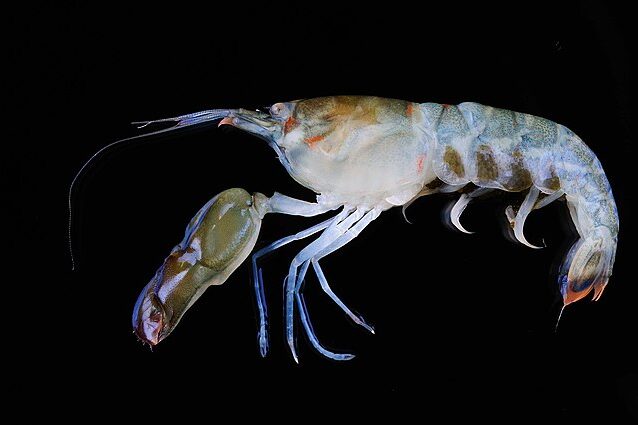
Imagine creating a sonic boom with a snap of your claw. That’s the pistol shrimp, a tiny crustacean with a powerful weapon. This shrimp can snap its claw shut with incredible speed, creating a cavitation bubble that collapses with a loud snap, producing a shockwave that stuns or kills prey. It’s like having a miniature sonic cannon, a powerful burst of energy that disrupts the underwater world. Picture a creature that can manipulate sound with such force, creating shockwaves that echo through the depths. It’s not just a snap; it’s an explosion, a testament to the incredible acoustic capabilities of living beings. The snap is so loud that it can interfere with sonar systems. The pistol shrimp’s ability to create a sonic boom is a result of its unique claw structure and snapping mechanism.
This mechanism involves the rapid closure of the shrimp’s claw, which creates a high-velocity jet of water that forms a cavitation bubble. The collapse of this bubble produces a loud snap and a powerful shockwave that can stun or kill prey. The shrimp uses this ability to hunt prey, defend itself from predators, and even communicate with other shrimp. Researchers are studying the shrimp’s claw structure and snapping mechanism to understand the physics behind its sonic boom generation. The potential applications of this research are vast, with implications for developing bio-inspired technologies and underwater communication systems.
9. The Mimic Octopus’s Shape-Shifting Mastery
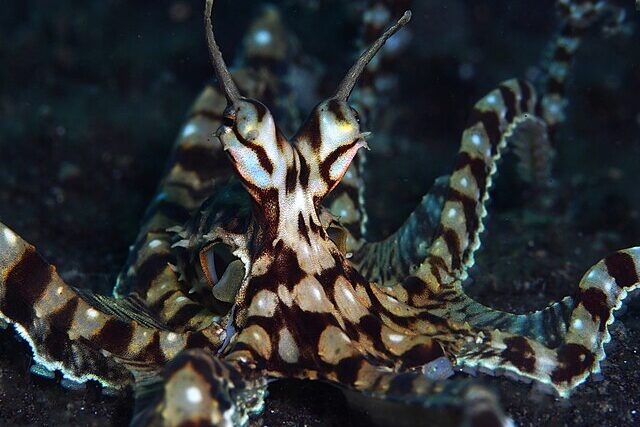
Imagine being able to change your shape and appearance to mimic other animals. That’s the mimic octopus, a master of disguise. This octopus can alter its skin color, texture, and shape to imitate other marine animals, such as lionfish, sea snakes, and flatfish. It’s like having a full wardrobe of disguises, allowing it to blend in or scare off predators with ease. Picture a creature that can transform itself, adopting the forms of others to survive and thrive. They use this ability to avoid predators and hunt prey, adopting the most effective disguise for each situation.
The octopus’s skin contains specialized cells, called chromatophores, which can change color and texture. The octopus can also control its muscles to change its body shape and mimic the appearance of other animals. The octopus uses this ability to avoid predators, hunt prey, and even communicate with other octopuses. Researchers are studying the octopus’s skin structure and neural control to understand the mechanisms behind its mimicry. The potential applications of this research are vast, with implications for developing bio-inspired camouflage and robotics. Experts explain that the octopus’s ability to mimic other animals is a result of its remarkable neural control over its skin and muscles. The octopus’s mimicry is a testament to the incredible diversity and adaptability of life on Earth.
10. The Honeybee’s Waggle Dance Navigation
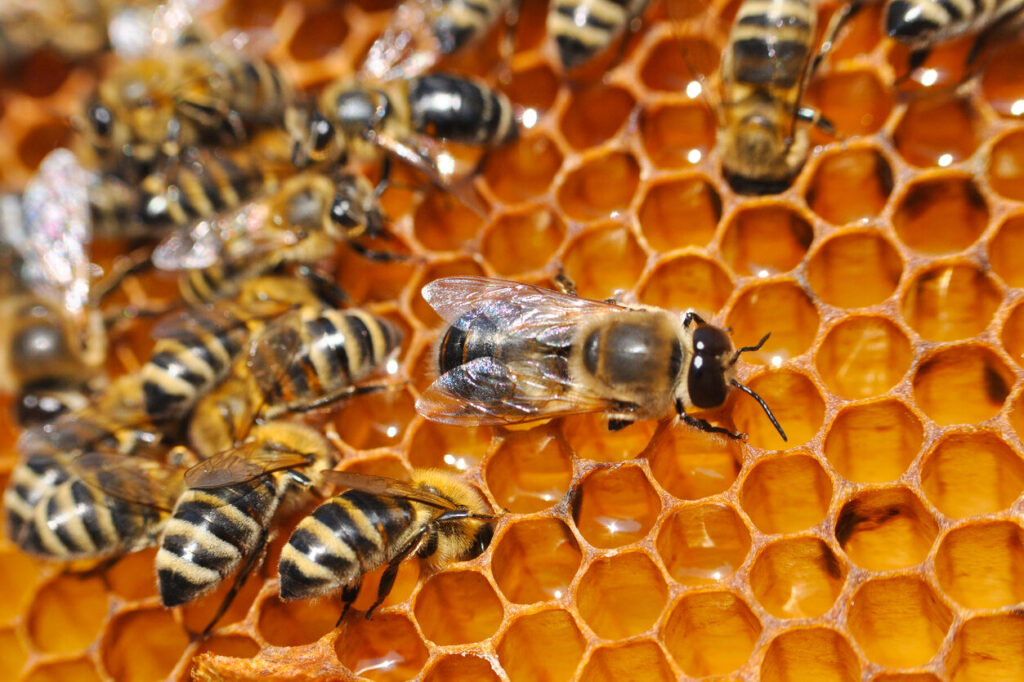
Imagine being able to communicate complex spatial information with a dance. That’s the honeybee, a master of navigation. When a honeybee finds a good source of food, it returns to the hive and performs a waggle dance, communicating the location, distance, and quality of the food source to its fellow bees. It’s like having a built-in GPS, directing the hive to the best foraging spots. Picture a creature that can share detailed maps with a simple dance, guiding its community to sustenance. It’s not just movement; it’s language, a testament to the incredible communication skills of living beings. The angle and duration of the waggle dance convey precise information about the food source’s location.
This system involves the use of a series of movements, called the waggle dance, to convey information about the location, distance, and quality of food sources. The angle and duration of the waggle dance convey precise information about the food source’s location relative to the sun. The honeybees use this information to navigate to the food source, even if it is located several kilometers away. Researchers are studying the honeybee’s waggle dance to understand the neural mechanisms behind its spatial communication. The potential applications of this research are vast, with implications for developing bio-inspired navigation systems. Experts explain that the honeybee’s ability to process and interpret spatial information is a result of its complex neural circuits. The honeybee’s waggle dance is a testament to the incredible communication skills of living beings.


